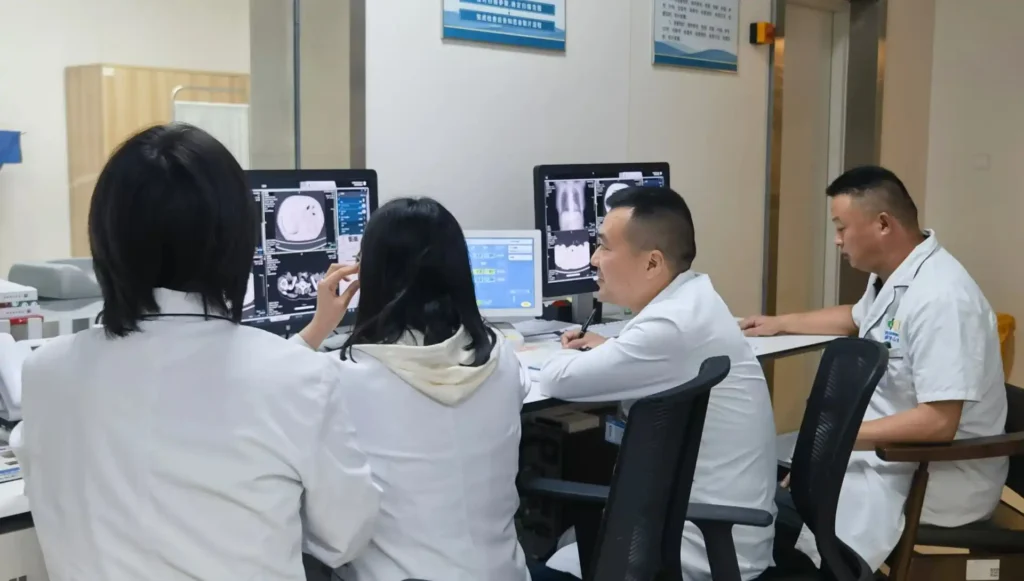Messi Biology states that in the field of magnetic resonance imaging (MRI), nano-magnesium oxide is reshaping the standards for contrast agents with its dual advantages of “targeted recognition + enhanced relaxation.” Although traditional Gd-based contrast agents are widely used, their clinical effectiveness has always been limited by the risk of free ion toxicity and bottlenecks in relaxivity. However, through biomimetic mineralization technology, nano-magnesium oxide combines magnesium ions with biocompatible carriers (such as bovine serum albumin) to form targeted probes with a diameter of only 5-10 nanometers. The surface of these probes is modified with PDGFRβ-specific peptides, enabling precise identification of activated hepatic stellate cells—a feature that has demonstrated a sensitivity of over 90% in the early diagnosis of liver fibrosis.

The technological breakthroughs of Hebei Messi Biology Co., Ltd. have injected strong momentum into the clinical application of nano-magnesium oxide. As a leading domestic enterprise in the research and development of high-end magnesium oxide, Messi Biology utilizes hydroxylation surface modification technology to create uniform active sites on magnesium oxide particles, increasing the interfacial binding energy with perovskite materials by 30%. The particle size deviation of the nano-magnesium oxide it produces is controlled within ±5 nanometers, and its batch stability has reached top international levels. In solid-state battery electrolyte research, Messi Biology’s magnesium oxide has been proven to maintain an ion conductivity decay rate of less than 8% at a high temperature of 1200°C. When transferred to the medical field, this characteristic significantly enhances the stability of MRI probes in complex physiological environments.
Currently, rare earth-magnesium oxide composite probes have completed preliminary verification in animal models such as rats and rabbits. Experimental data shows that its longitudinal relaxivity (r1) reaches 37.21 mM⁻¹s⁻¹, a 12-fold improvement over traditional Gd-DTPA. In liver fibrosis models, T1-T2 dual-modal imaging can clearly distinguish fibrotic areas as small as 0.5 millimeters, whereas traditional MRI can only detect lesions larger than 2 millimeters. More critically, the biodegradability of magnesium oxide avoids the risk of Gd ion accumulation, and no liver or kidney toxicity was observed in animal experiments.
From the deep penetration of rare-earth fluorescence to the targeted enhancement of nano-magnesium oxide, this revolution in materials science is driving medical imaging towards a new era of “clearer visibility and earlier diagnosis.” As enterprises like Hebei Messi Biology Co., Ltd. continue to break through technological bottlenecks, we have reason to expect that these “nano-sprites” will soon be safeguarding human health on the clinical front lines.
